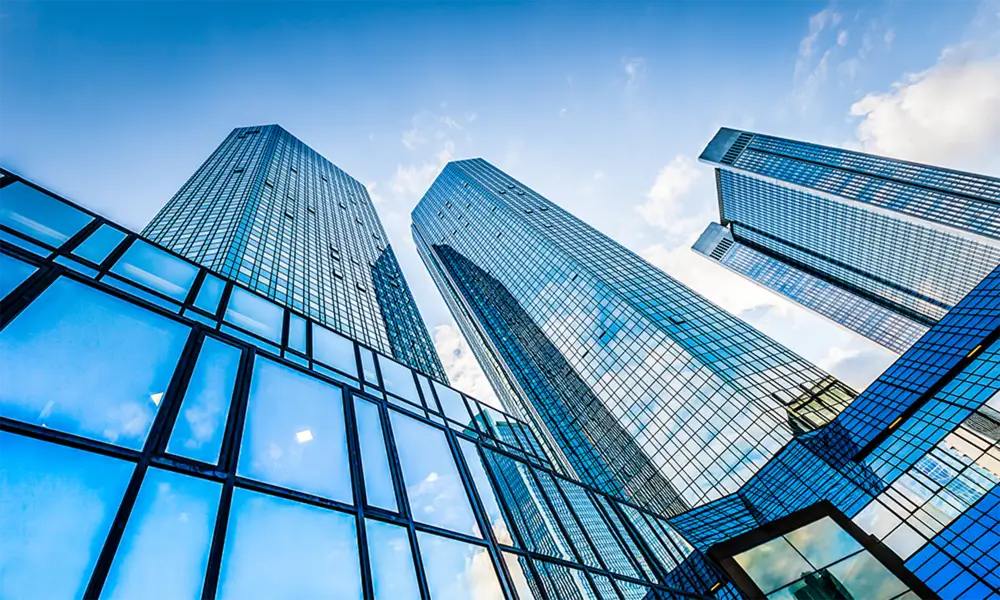

The Rise of Reflective Glass Manufacturers A Transformation in Architectural Design
In recent years, the demand for reflective glass has surged within the architectural and construction industries. As urban spaces expand and the need for sustainable building materials rises, reflective glass manufacturers are stepping into the spotlight, delivering innovative solutions that not only enhance aesthetic appeal but also improve energy efficiency. This article explores the evolution of reflective glass, its advantages, applications, and the impact it has on modern architecture.
Understanding Reflective Glass
Reflective glass is a type of glass that is coated with a thin layer of metallic or ceramic material, creating a mirror-like surface. This coating provides several critical benefits, including glare reduction, heat control, and privacy. The reflective quality of the glass helps to deflect sunlight, thereby lowering the internal temperature of buildings and reducing the reliance on air conditioning systems. As a result, reflective glass plays a crucial role in promoting sustainable building practices.
Advantages of Reflective Glass
1. Energy Efficiency One of the most significant advantages of reflective glass is its ability to enhance energy efficiency. By reflecting a substantial portion of solar radiation, buildings are kept cooler, and the energy consumption for cooling systems is drastically reduced. This efficiency not only lowers operational costs for building owners but also contributes to environmental conservation by reducing carbon emissions.
2. Aesthetic Appeal Reflective glass adds a modern touch to buildings, providing sleek and sophisticated façades. Its shiny surface creates dynamic visuals, often changing appearance based on the angle of the sunlight and the viewer's position. As a result, architects and designers are increasingly integrating reflective glass into their projects to create striking and visually captivating structures.
3. Privacy While maintaining visibility, reflective glass provides a level of privacy. During daylight hours, it is challenging for outsiders to see inside, allowing inhabitants to enjoy their space without compromising their privacy. This feature makes reflective glass particularly popular in commercial buildings, offices, and residential areas.
4. UV Protection The coatings used in reflective glass effectively block harmful ultraviolet (UV) rays, reducing the risk of skin damage and protecting furnishings and finishes from sun damage. This aspect of reflective glass is particularly important in cities with high sunlight exposure.

Applications of Reflective Glass
Reflective glass finds application across various types of buildings, including commercial, residential, and institutional projects. In skyscrapers, reflective glass is often employed to create eye-catching exteriors that reflect the surrounding environment. Retail spaces utilize reflective glass to draw attention and enhance displays while maintaining energy efficiency. In residential homes, large windows or glass walls made of reflective material fuse indoor and outdoor spaces, allowing natural light to flood in without sacrificing comfort or privacy.
Additionally, reflective glass is increasingly utilized in green buildings, which prioritize sustainability. Its integration into building designs aligns with global efforts to reduce energy consumption, and many reflective glass manufacturers are committed to developing eco-friendly products.
The Future of Reflective Glass Manufacturing
As technology advances, the future of reflective glass manufacturing looks promising. Innovations in coating technologies may lead to even more efficient products, with better performance and aesthetics. Manufacturers are also focusing on minimizing the environmental impact of production processes through sustainable practices and materials.
Moreover, the growth of smart glass technologies, which can change their properties based on environmental conditions, presents exciting possibilities. This intersection between reflective glass and smart technology can lead to buildings that are not only energy-efficient but also responsive to the needs of their occupants.
Conclusion
Reflective glass manufacturers are at the forefront of an architectural revolution, providing materials that transform the aesthetics, efficiency, and functionality of buildings. As the world continues to prioritize sustainability and innovative design, the role of reflective glass in modern architecture will undoubtedly expand. From skyscrapers to residential communities, the impact of reflective glass is profound, ushering in a new era of forward-thinking architectural solutions.